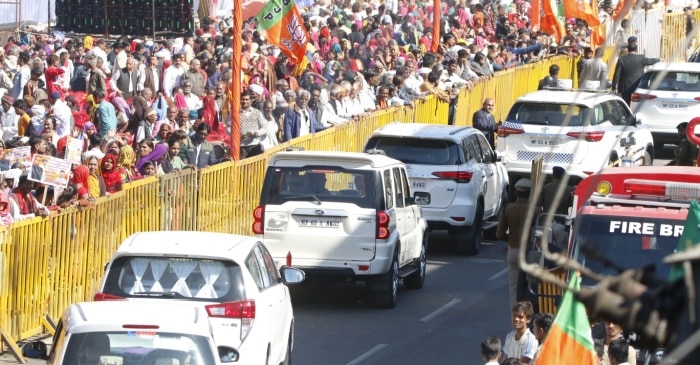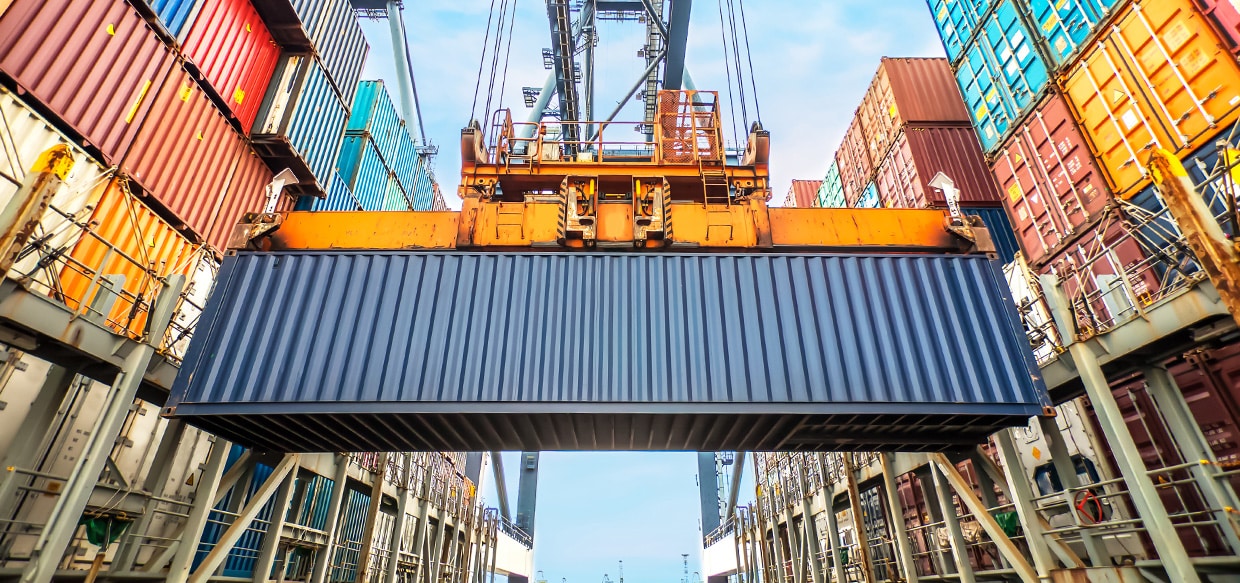
A Preview of Sandpiper Health’s Patient Advocacy Group Survey Report

Earth Day 2024: Collaborating for a Plastic-Free Future
India’s Crossroads: Navigating the 2024 General Elections
April 2024

This article is part of Sandpiper’s Public Affairs Tracker content series. Our Public Affairs team provides in-depth monitoring and analysis on emerging political and macroeconomic issues, helping companies formulate appropriate strategies for challenging business environments. Click here to explore other recently published articles.
India, the world’s biggest democracy, is poised to hold its general elections over six weeks, which is expected to be the largest election in history. Starting from 19 April, the vote will determine the next five-year prime minister appointment. With a population surpassing 1.4 billion, the electoral process in India is a massive undertaking that will influence not just the domestic policy landscape but also international business and geopolitical dynamics. The elections are expected to be a barometer for the country’s socio-economic direction, touching upon critical issues such as economic reforms, digital innovation, social welfare, and foreign policy.
For the global business community, these elections are particularly noteworthy. With its vast market, burgeoning tech industry, and skilled workforce, India presents a myriad of opportunities and challenges for international investors and companies. The outcome of the elections could herald changes in regulatory environments, market accessibility, and cross-border trade relations.
Political context
India’s political scene is marked by its diversity, with multiple national and regional parties vying for influence. The two major parties historically dominating the political landscape are the Bharatiya Janata Party (BJP), known for its centre-right policies, and the Indian National Congress (INC), with its centre-left ideology. However, regional parties play a significant role in shaping the electoral outcomes and the formation of coalition governments, making the political dynamics complex and multifaceted.
The BJP, under Prime Minister Narendra Modi’s leadership, has been in a position of national leadership since 2014, championing a platform of economic modernization, national security, and Hindu cultural revivalism. Meanwhile, the INC, with its rich history of leading India’s independence movement, focuses on social welfare, secularism, and a more inclusive economic policy.
2024’s election
Spanning from 19 April to 1 June, 2024, the elections will see around 968 million eligible voters casting their ballots for the 543 members of India’s 18th Lok Sabha (the lower house in the country’s bicameral Parliament) over seven phases, with results to be announced on June 4. As the elections approach, pre-poll alliances, campaign strategies, and key issues are coming to the forefront.
Key electoral issues at stake include economic growth strategies amidst global uncertainties, the digitalization of public services, environmental sustainability, and the enhancement of healthcare and education systems. The electorate’s sentiment towards the government’s handling of recent challenges, including economic reforms, the COVID-19 pandemic response, and social cohesion, will play a significant role in shaping the electoral landscape.
Despite persistent international and domestic criticism of the administration’s authoritarian measures and human rights violations, Modi and his BJP government continue to enjoy broad popularity in India’s populous northern states such as Uttar Pradesh. In contrast, the comparatively less populated but more affluent southern states such as Kerala or Tamil Nadu are likely to support the opposition. Polls and recent BJP victories in state elections in December 2023 suggest that a third-term re-election for Modi is highly likely.
The election outcomes will impact the business environment and investment climate in India and the region. Policy continuity or change in areas such as foreign investment regulations, digital infrastructure development, labor laws, and environmental regulations will be important to keep in mind for the operational and strategic decisions of global companies.
Moreover, India’s stance on international trade agreements, regional security issues, and its relationships with major powers like the US, China, and the European Union will be closely watched. These factors will influence India’s position in global supply chains, access to critical technologies, and its role as a strategic partner in geopolitical matters.
Looking Forward
As India stands at this crossroads, the 2024 general elections will not only decide the immediate policy directions but also set the tone for the country’s long-term socio-economic trajectory in the coming years. While a positive outcome for the BJP appears likely at the national level, the degree of its victory will carry deep implications. A strengthening of Modi’s leadership in India’s Parliament will allow the BJP greater power to enact new legislation and sweeping reforms, possibly up to the level of constitutional revision. At the state level, there may be greater potential for flux in electoral outcomes, particularly in South India. For businesses and investors, understanding the nuances of India’s political environment at the national and state levels, anticipating the potential shifts post-election, and deploying a thorough government relations strategy is crucial for navigating the complexities of this dynamic market.
Related news & insights:
-

A World Recalibrating: Strategic US Absenteeism is Accelerating ASEAN’s Regional Integration
-

New research from Sandpiper reveals business leaders blame the US more than China for trade war, believe US should make first moves to de-escalate
-

All Eyes on AI, But Don’t Overlook Cross-Border Payments: Looking Ahead to Money 20/20 in Bangkok

